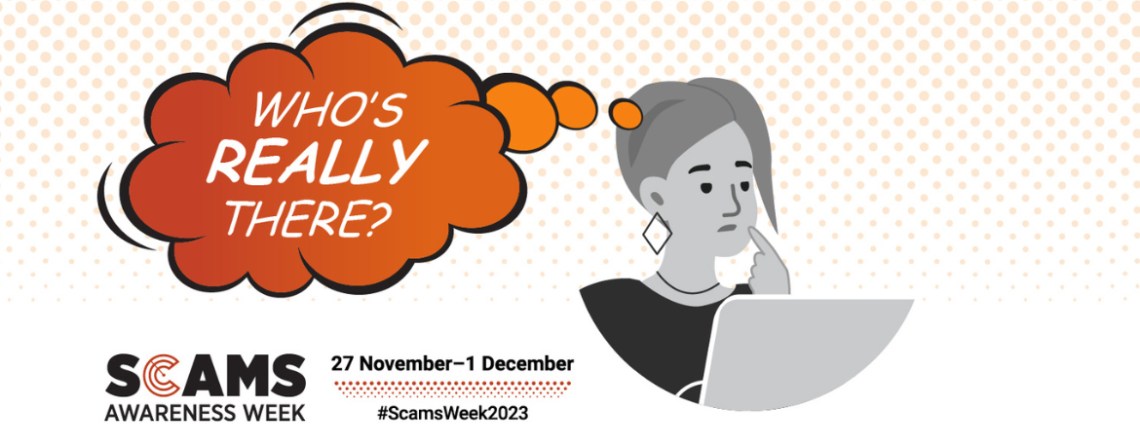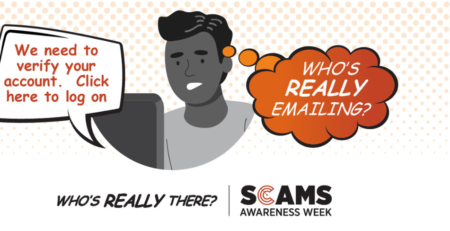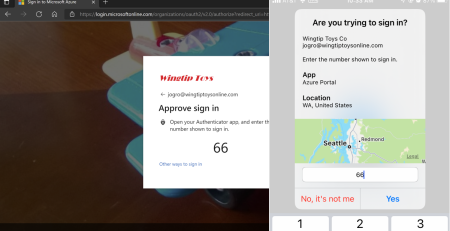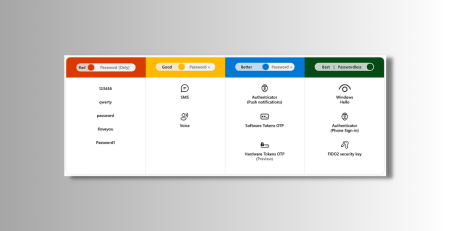Unveiling the Scam Landscape: Tips to Protect Yourself Online
On 30 September 2023, Scamwatch received a total of 234,672 reports with losses of over $397 million. Of these total reports, 72.5% involved impersonation. There were 81,093 total reports made on common impersonation scam categories with losses totalling $92 million.
The highest loss categories for impersonation scams represents $60.48 million out of $92 million of total reported lost. These categories were:
- Imposter bond scams – $34.97 million lost (~38% of total loss reported);
- Business email compromise scams – $14.14 million lost (~15% of total loss reported); and
- Bank impersonation scams – $11.37 million lost (~12% of total loss reported).
These staggering figures demonstrate how important it is to understand common scams in the digital sphere and adopt preventive measures.
Recognizing Impersonation Scams
An impersonation scam involves fraudsters posing as trusted entities to steal money or personal information. Cybercriminals employ various tactics, making it challenging to distinguish between genuine and fraudulent activities.
Scammers use various channels, for the most common contact modes text messages (49,572 reports), phone calls (10,565 reports), and websites (2,904 reports), often impersonating government officials, companies, charities, celebrities, or even friends and family. Impersonation scammers may know or claim to know some information about you and use this to convince you they are legitimate. Approximately 16.5% of all impersonation scams reported loss of personal information which can result in future misuse and financial loss.
Common Scams Unveiled:
- Phishing Scams: Watch out for emails, SMS, or social media messages from seemingly trustworthy organizations, such as banks or insurance companies – be cautious of links requesting personal details like bank information or credit card numbers.
- Threatening Scams: Scammers pose as government agencies, threatening arrest for unpaid fines or taxes – look for threatening language pressuring immediate payments without allowing time for verification.
- Online Shopping Scams: Be wary of enticing deals on fake retail sites that mimic legitimate online stores – look out for unrealistically low prices and payment requests via electronic funds transfer.
- Remote Access Scams: Scammers pretend to be technical support providers, requesting remote access to fix non-existent computer issues – avoid sharing credit card details with unsolicited callers claiming computer problems.
- Hacking Scams: Cybercriminals use technology to infiltrate devices, stealing personal information and compromising security – refrain from opening suspicious email attachments or clicking on links; ensure antivirus software is installed.
- Classified Scams: Scammers posing as buyers or sellers request money in advance for goods or services they never deliver – be cautious if the transaction involves overseas parties and if the item can’t be inspected.
- Dating and Romance Scams: Scammers create fake profiles on dating platforms, forming emotional connections to solicit money – exercise caution if someone professes love quickly and requests financial assistance.
Stay alert across all communication mediums to protect against impersonation scams.
How to Avoid Impersonation Scams:
- Refrain from assuming someone’s identity without verification.
- Slow down and ask yourself “who’s really there?”
- Avoid clicking on links in text messages.
- Immediately cut contact with anyone who tries to threaten or intimidate you.
- Don’t open attachments or download apps, as they may install malicious software, compromising your personal information.
Consumers are urged to follow the ‘Stop, Think, Protect’ approach:
- Stop – Don’t give money or personal information to anyone if unsure.
- Think – Ask yourself, could the message or call be fake?
- Protect – Act quickly if something feels wrong.
What to Do if You Fall Victim:
- If you’ve given money, stop further transactions immediately – contact your bank or card provider immediately to report the Ask them to stop any transactions.
- If you suspect identity theft, seek assistance from IDCARE (Australia and New Zealand’s national identity and cyber support service), they can help you make a plan (for free) to limit the damage – call them on 1800 595 160 or visit their website to find out more.
Secure your information by changing your passwords to strong ones you’ve never used before, conduct virus scans on your devices, and notify friends and family about potential information exposure.
Have you ever thought of declaring a scam? Shockingly, about 30% of scams are currently unreported. By reporting scams anonymously or on behalf of another person to Scamwatch, you help protect others and assist us to disrupt and stop scammers.
As we traverse the digital realm, our best defences against scams lie in being vigilant and aware. Through maintaining awareness and embracing secure online habits, we can actively play a part in creating a safer digital space for all.
Being scammed is a horrible experience and it can happen to anyone. If you need someone to talk to, reach out to family and friends or you can contact Lifeline (13 11 14) or Beyond Blue (1300 22 4636).









